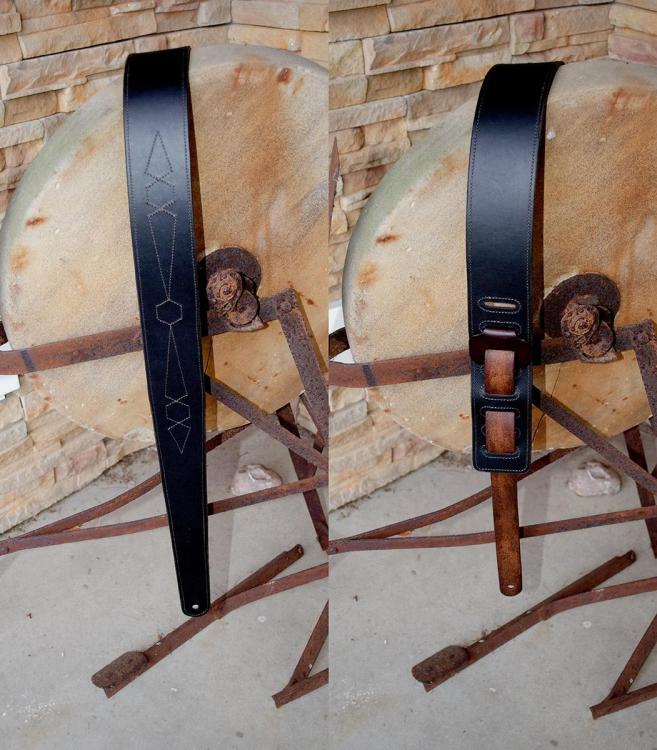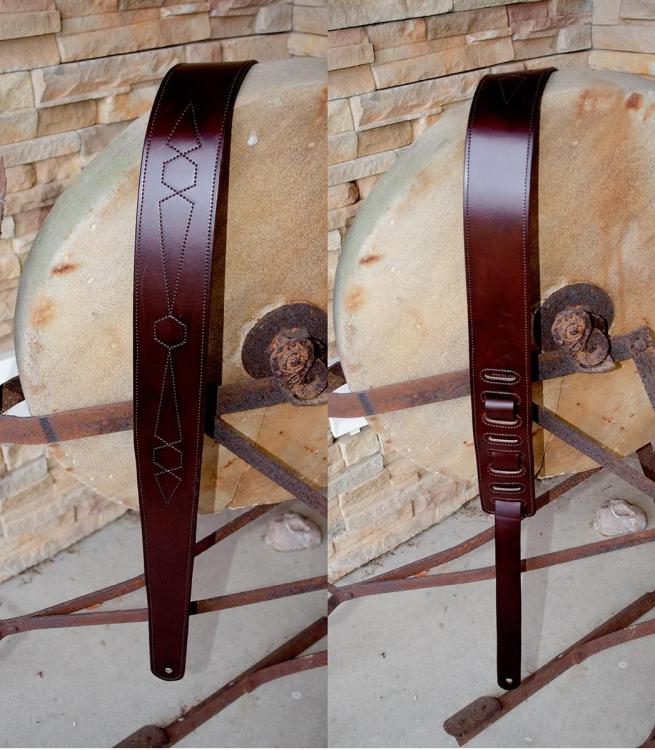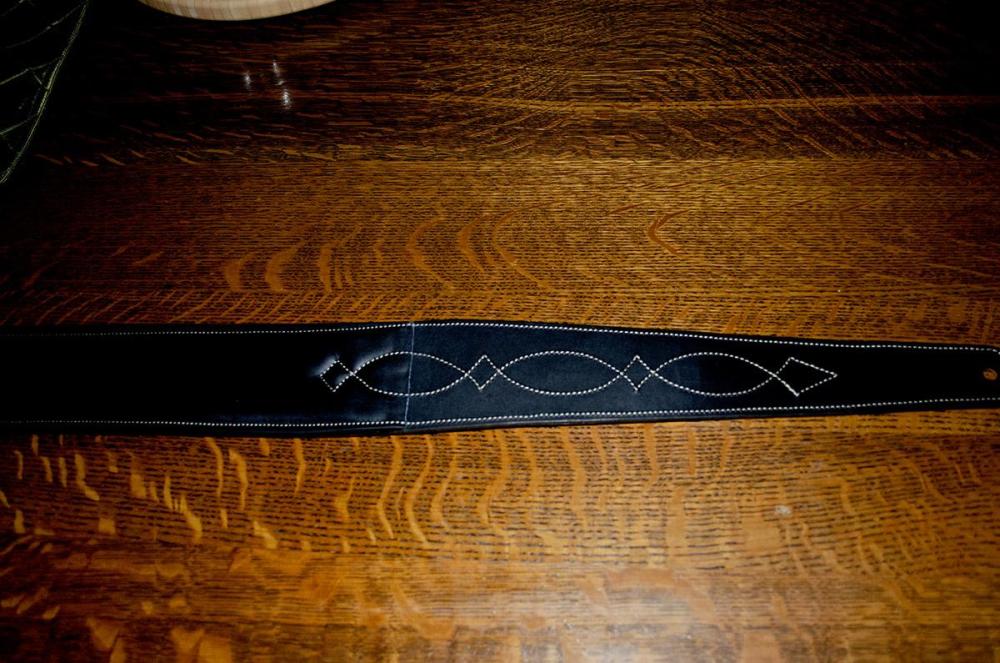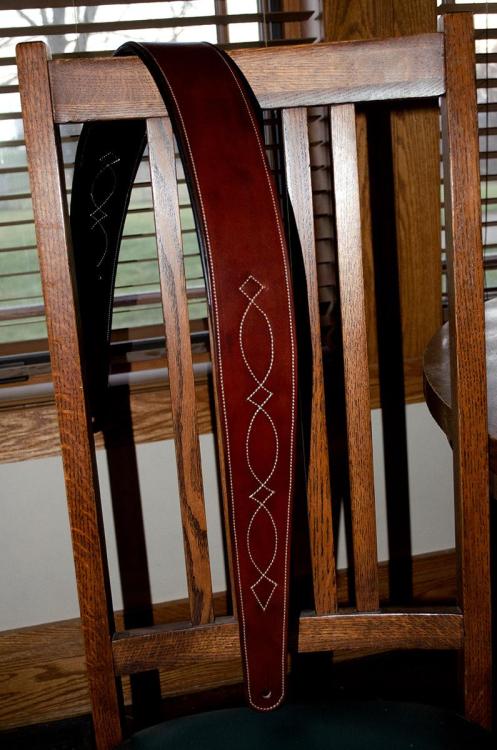-
Posts
1,282 -
Joined
-
Last visited
Content Type
Profiles
Forums
Events
Blogs
Gallery
Everything posted by TomE
-
I've cleaned my share of tack and I start with saddle soap, a sponge, and a bucket of warm water. I would aim to thoroughly clean the surface using enough saddle soap to make some suds then wiping down with clean water. Rinse the sponge often. No need to soak the leather with water. To clean areas encrusted with dried sweat/sebaceous secretion you can use dilute household ammonia to remove the scum then clean thoroughly with saddle soap and water. Neatsfoot oil is a good choice for restoring moisture to the leather. You can apply it before the leather is completely dry if you like. The pure neatsfoot oil is probably better than neatsfoot compound, which includes petroleum based chemicals. Nonetheless, Al and Ann Stohlman note in their Encyclopedia of Saddle Making that they often used neatsfoot compound to good effect, but preferred the pure neatsfoot oil. Apply the neatsfoot oil in thin coats and allow it to soak in before applying more. It doesn't take much, and you can permanently ruin leather by over oiling it. The leather becomes sticky to the touch and spongey/weak in temper. I usually apply conditioner after oiling the leather to add a little gloss and some water repellency. My favorites are Blackrock Leather N' Rich, Fiebings Aussie, and Bickmore Bick 4.
-
Thanks! The keyholes on each end of the strap fit over “pins” on the guitar.
-
Made an adjustable guitar strap for a friend. HO bridle leather lined with black napa leather. He is buying a guitar with a honeycomb pattern on the top. I couldn't figure out how to neatly stitch a honeycomb so I came up with an art deco type pattern with several hexagons.
-
They don't list quarts on the website. I called in my order and was informed I could buy a quart. That was 2 years ago.
-
I use this flexible, water based adhesive to replace the pasted back of bridle leather after splitting. I dilute it 50:50 with water and use a glass slicker to work it into the flesh side. They sell it in 1 qt bottles as well. https://campbell-randall.com/product/sup-bt639-g-leather-finish-for-sealing-flesh-side-moss-back-suede-1-gal
-
Hmmm. My bell can be adjusted towards and away from the foot, I assume to account for wear from sharpening. Techsew suggests backing away from the foot (~1mm gap) for firmer leather. Similarly they suggest reducing spring tension on the roller when skiving thicker leather. I'll have a look at the Cechaflo videos.
-
I am also having trouble finding videos on bell skiver settings, other than the basic summary of what the knobs do (often by people who know less about the machine than I do). @RockyAussie has one of the best videos on sharpening and some setup for skiving, but I'd like a manual/video that systematically shows how to set up the machine for various weights and tempers of leather. I am trying to understand the interplay between bell knife position, presser foot height, drive roller height and spring tension. Also, the use of various roller feet for angled skives. I am trying to figure out if I can skive the edges of 9-10 oz veg tan straps in an angled skive to about 3-4 oz thickness on the edge. Having some success but it would be helpful to know more about how to dial in the machine.
-
You have an attractive maker's mark that adds to the style. Good looking project. I got excited thinking you had tooled bridle leather - I have a fair number of shoulder/belly scraps to use - but I guess English bridle is a color of dye.
-
Klenda's article on bulldog tapaderos is in the March/April 2023 issue of Leather Crafters and Saddlers Journal. Jason Timmermans has an article on "Custom Hardened Leather Arch Supports" in the July/August 2022 issue. He explains the use of stearic acid (long chain fatty acid) to harden leather. Think this traditional approach is a better than simply drying out the leather. Can purchase these back issues from the Journal's online store.
-
Fiebings Saddle Oil is another product that I use for work boots. Sold at farm stores. Has silicon oils like Fiebings Golden Mink Oil. I think that is a waterproofing ingredient. Saddle Oil will darken the leather somewhat. I suspect it will soak in even with the Atom Wax applied, but if not the Atom Wax will wear off with a bit of use.
-
Thank you, @YinTx, @paloma, and @chuck123wapati. I appreciate the encouragement. Sticking with what I know.
-
Thanks, @RockyAussie. That's very kind.
-
Thanks, @Hags and @Mablung. My friend is excited to try it out and give me feedback. Going to make an adjustable guitar strap for another friend once I finish sharpening my large bag punch.
-
Made a fixed length guitar strap for my friend and farrier. A thank you for shoeing a couple of our horses even though he's trying to retire. The strap is British brown HO bridle leather lined with 5 oz. black napa leather. Padded the middle section. Wasn't sure how to finish the ends of the padding on a 3" wide strap, so I skived the cover and extended the decorative stitching to secure the ends of the pad. Thought about adding 2 additional lines of stitching along the pad but decided this looks cleaner. You might see grooves and wrinkles in parts of the strap. He wanted me to use leather near the belly of the hide because he likes the imperfections. I hope he likes the imperfections in my work as well.
-
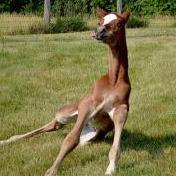
Applying oils
TomE replied to bruce johnson's topic in Dyes, Antiques, Stains, Glues, Waxes, Finishes and Conditioners.
Thanks for this practical idea. I really enjoy learning here. -

Looking for flat bed, triple feed purchasing advice
TomE replied to stitchgearhead's topic in Leather Sewing Machines
These machines have been discussed here quite often. Try a key word search of this forum for each model using quotes, e.g. "Pfaff 1245". -
Those are fantastic! Love the colors. They must have been thrilled with the gift.
-
A manual splitter like the Osborne #84 is very handy for splitting straps, and for lap skives on the ends of straps. However, I wouldn't count on splitting pieces wider than ~2". Depending on thickness, the leather will stretch when pulled through the splitter. It takes practice to get an even split over the length of a strap - harder with wider straps. Variations in the firmness of the leather will affect the split. The Cobra Class 14 splitter will more easily produce consistent splits on wide/long pieces of leather but it can't do lap skives. So if I had one splitter it would be the Osborne #84 or the similar Tandy Pro splitter I use. @bruce johnson sells new Osborne #84s with a sharp blade. Requires skill to sharpen a blade this long. The Class 14 blade is hollow ground and LMC has a sharpening service. The Class 14 is a luxury for me but probably a better choice if you need to split wide pieces of leather.
-
Thanks for this info, Bruce. As always, you are contributing to my leather education.
-
Curious why the customer is interested in horse hide for this purpose. So many more choices in cow hide.
-
Could make the crystal studded strip as an inlay in a thicker strap. See this arrangement with fancy browbands/fronts on English bridles for dressage. The raised edges offer some protection for the crystals. Here's a dog collar with the same idea. https://youtu.be/ThF98j8fqzc?si=3NukH7_Z3PU0SFOW
-
Mine is one wheel with the cotton layers sewn together to make a firm edge. My buffing wheel is 3/4" x 6". Fits the curved blade of a hoof knife. I don't have experience with black compound. Green is plenty fine for my blades. I buy supplies from Farrier Product Distribution or Sharpeningsupplies.com.



